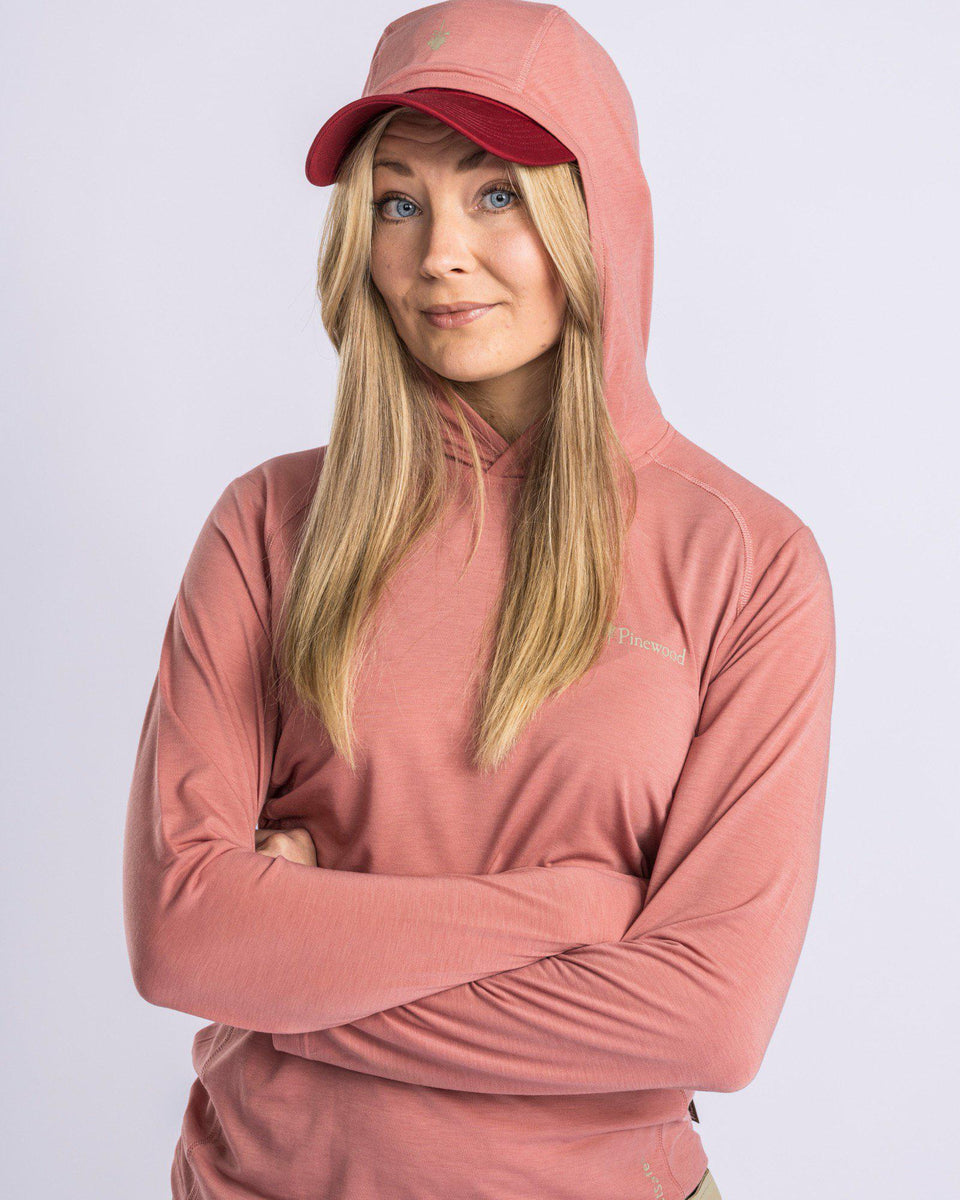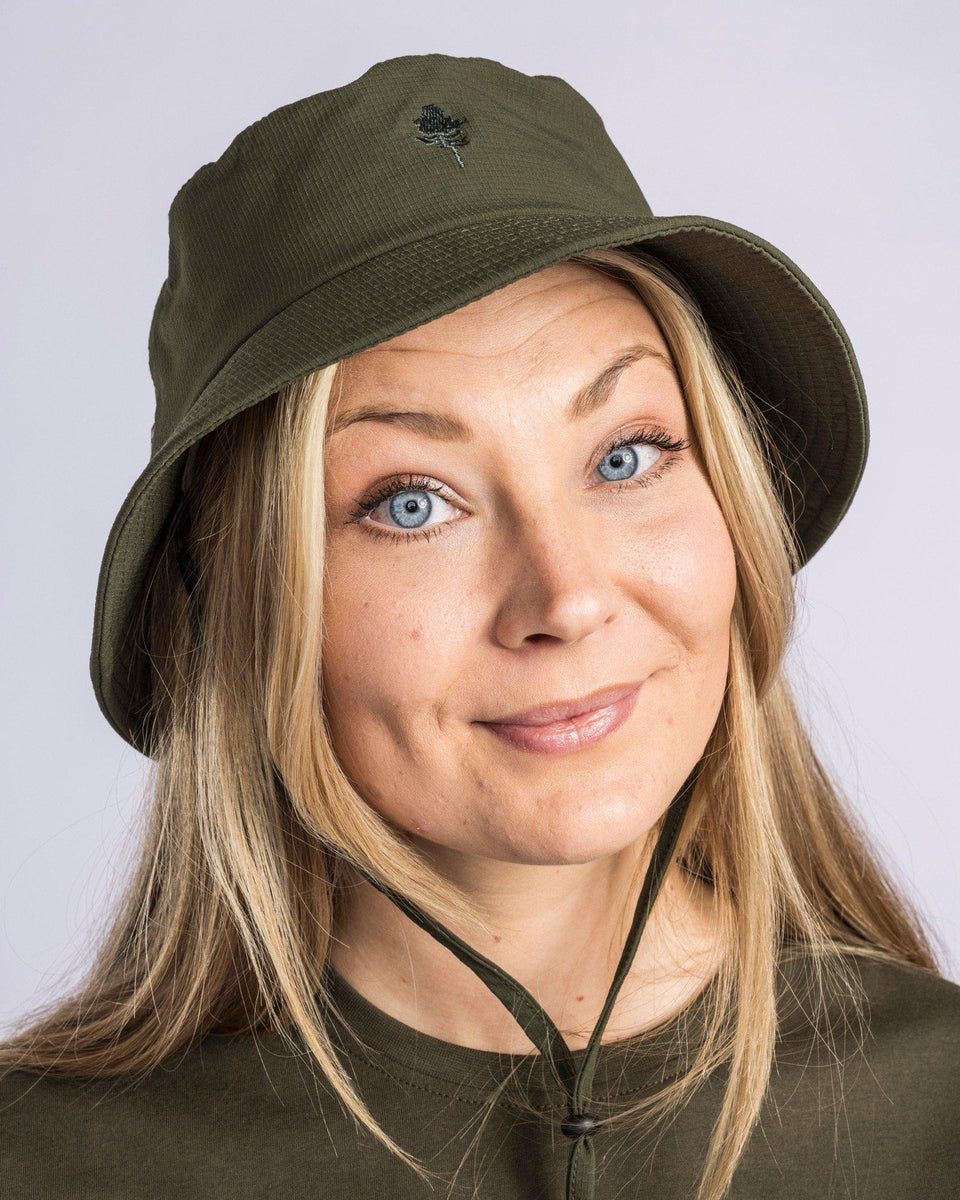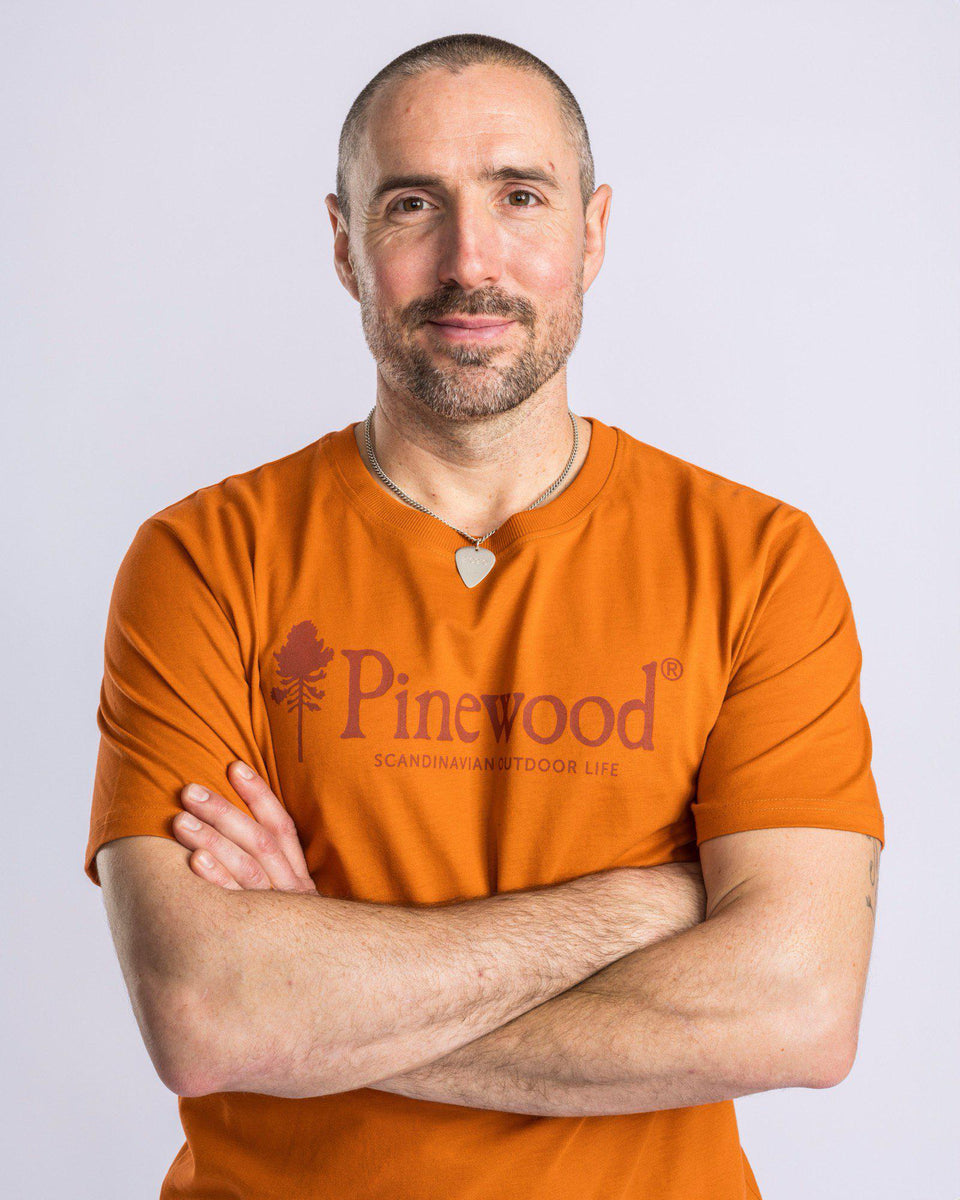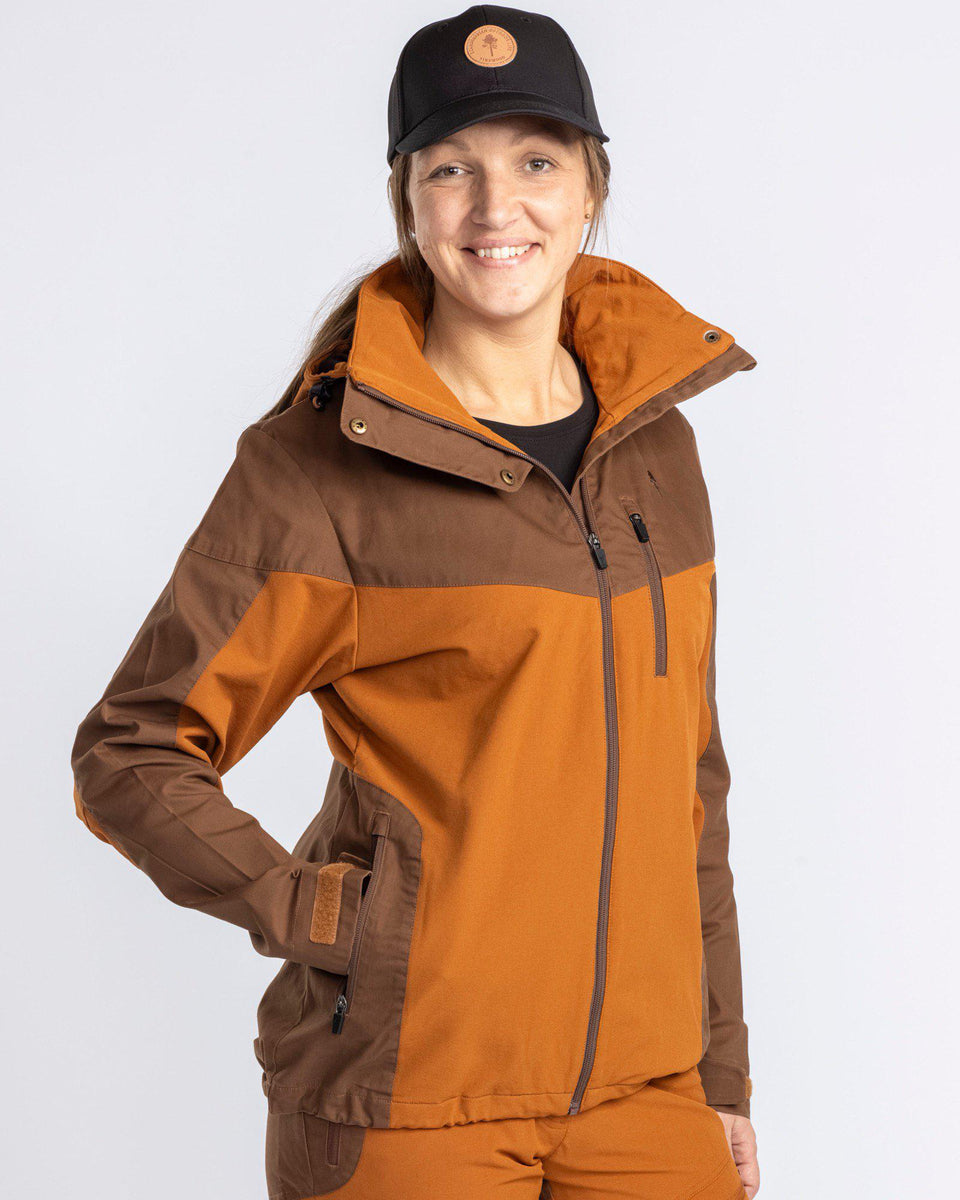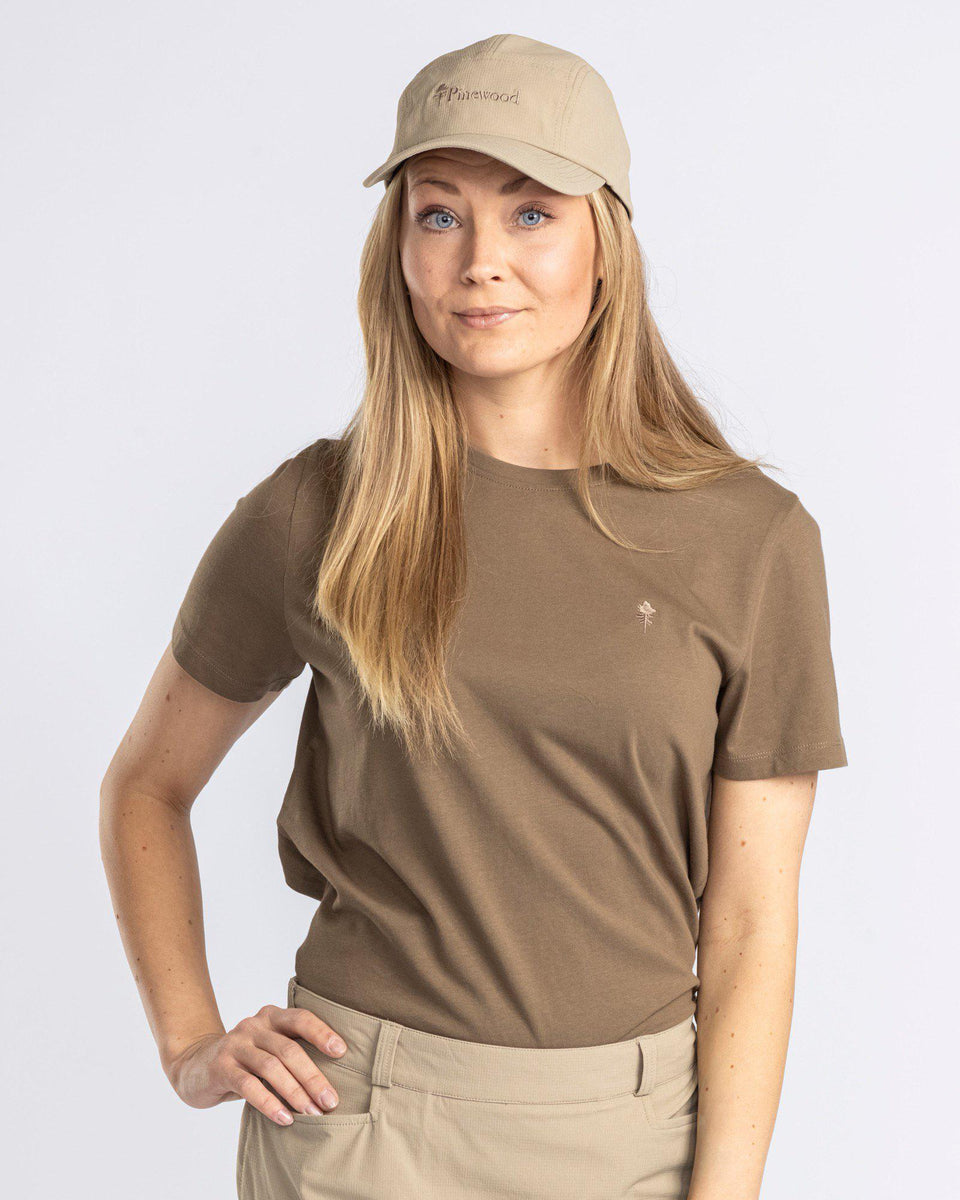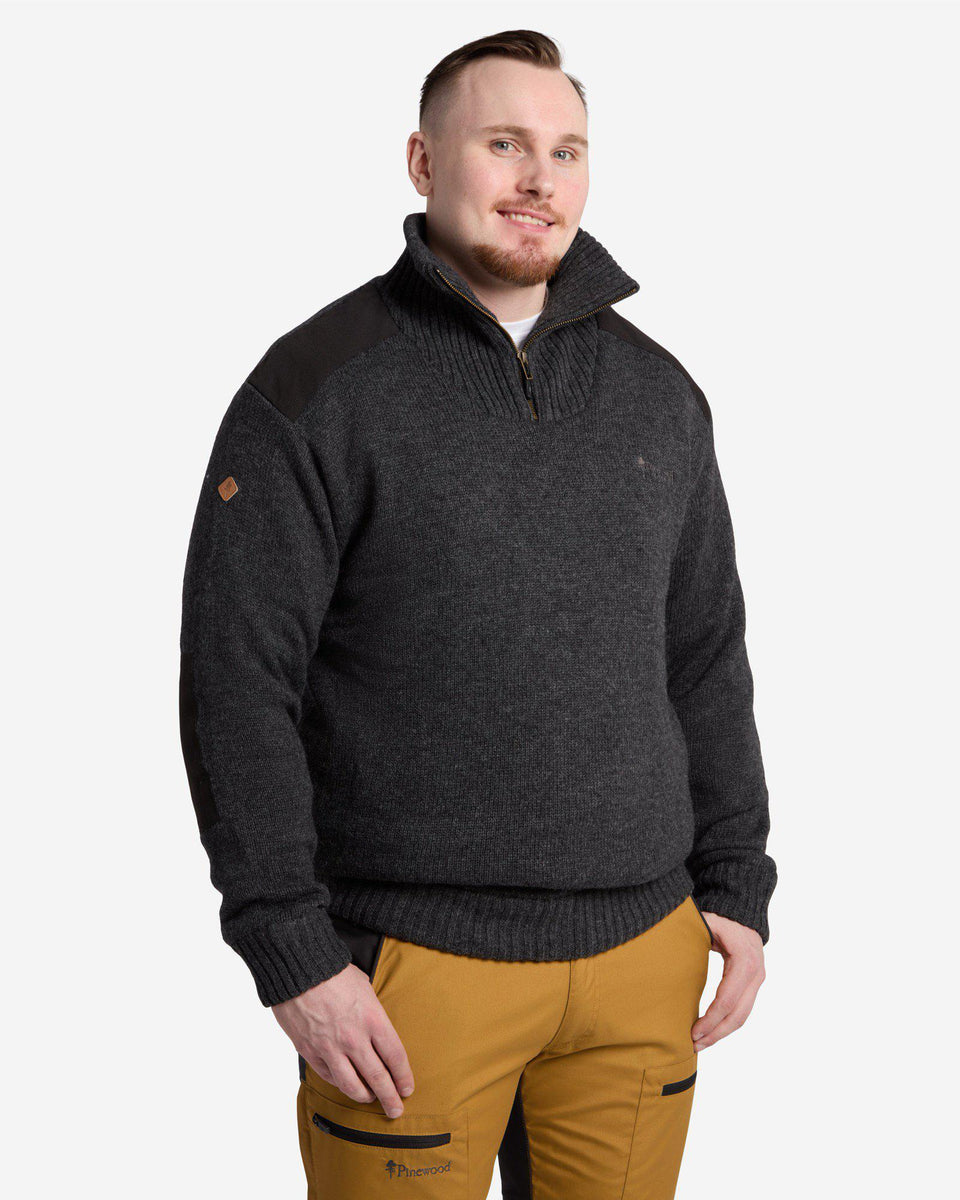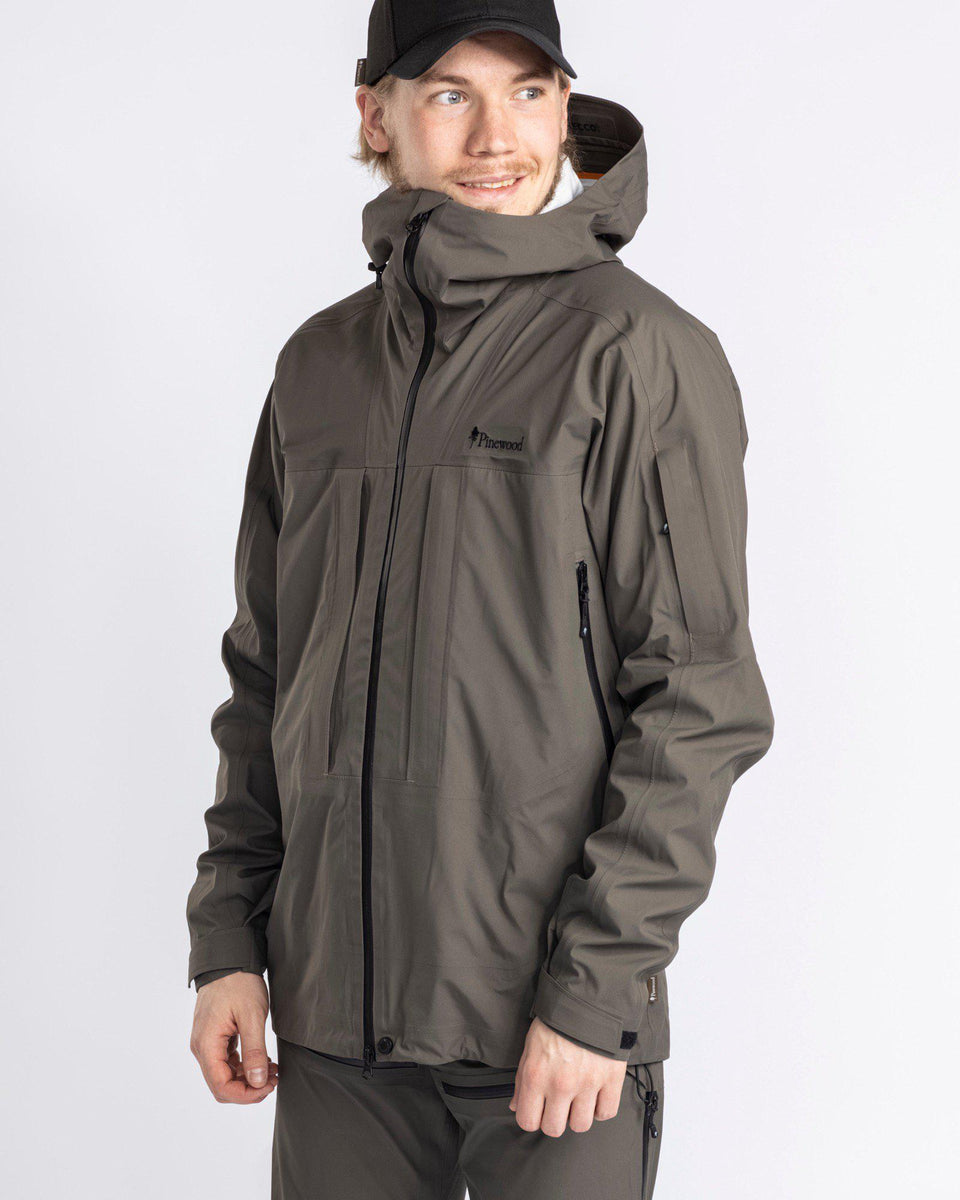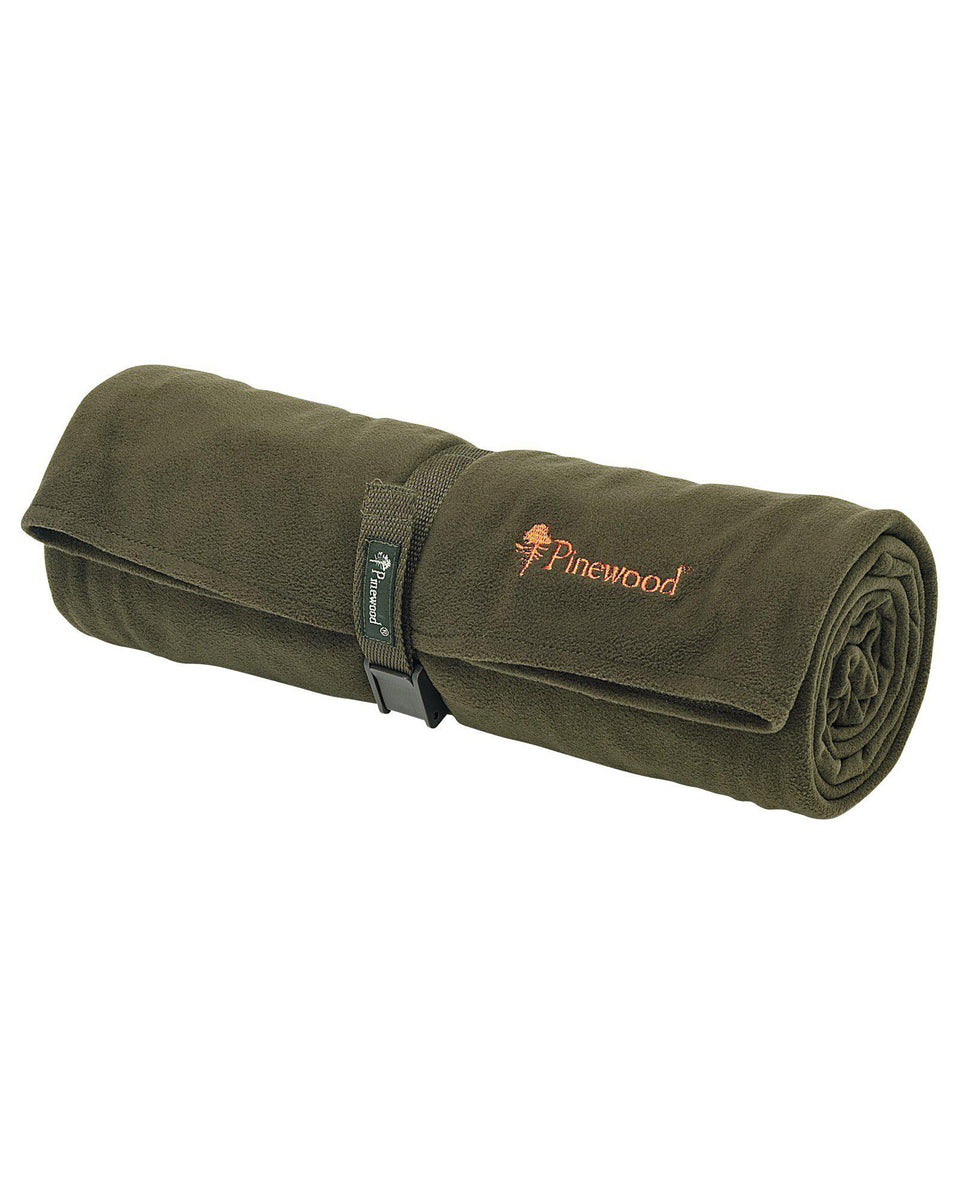In order for you to wear the most optimal clothes possible for the activity of choice, it requires an understanding for what the different activities mean!
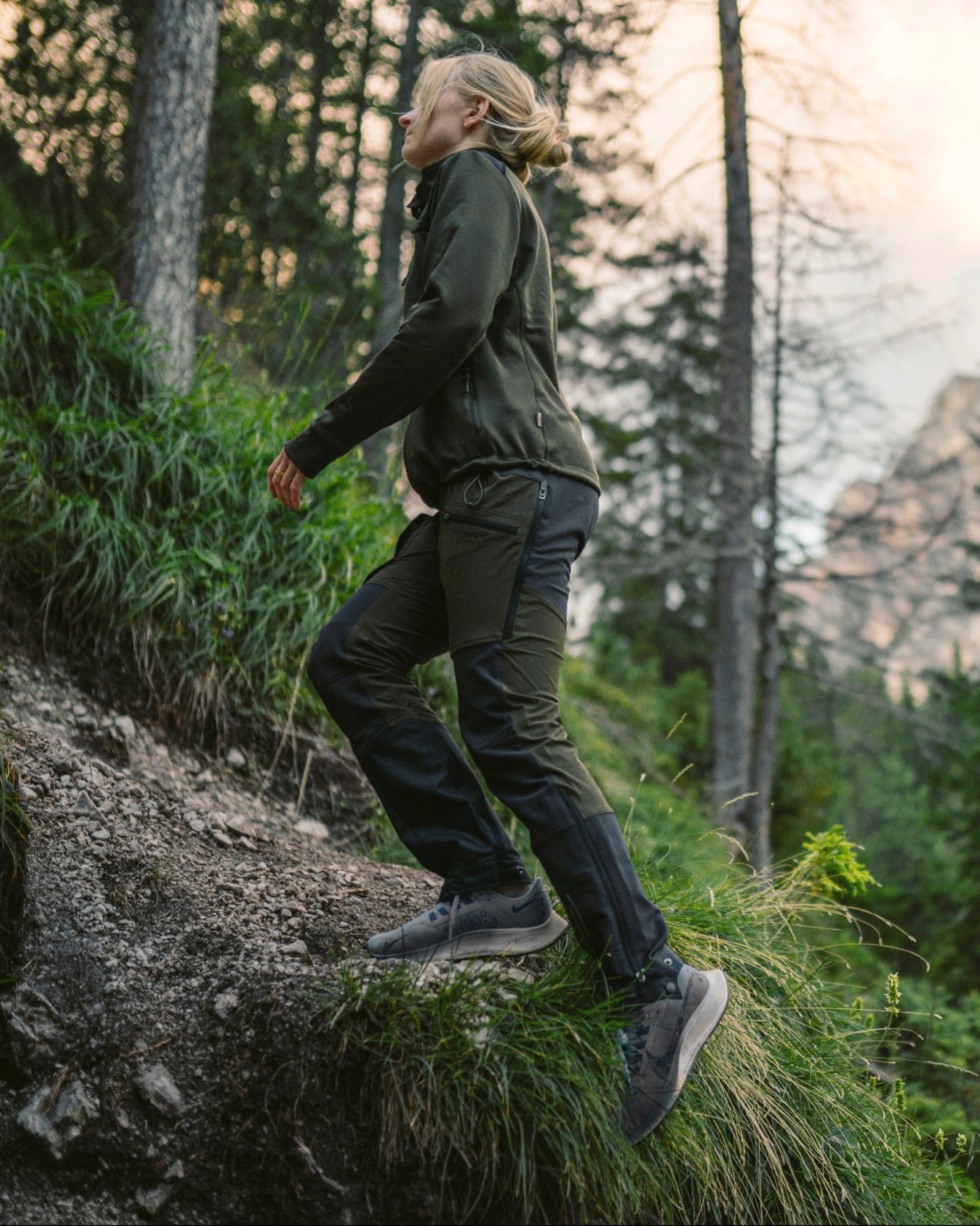
These three concepts; hiking, trekking and hill climbing, are often seen as relatively similar activities, or even as the same one but with other terms. This is inaccurate, even though they have several things in common. All of these activities include exploring and enjoying nature whilst boosting your circulation, but there are significant differences between them. Below we are breaking down each of these terms and what equipment you might need for it!
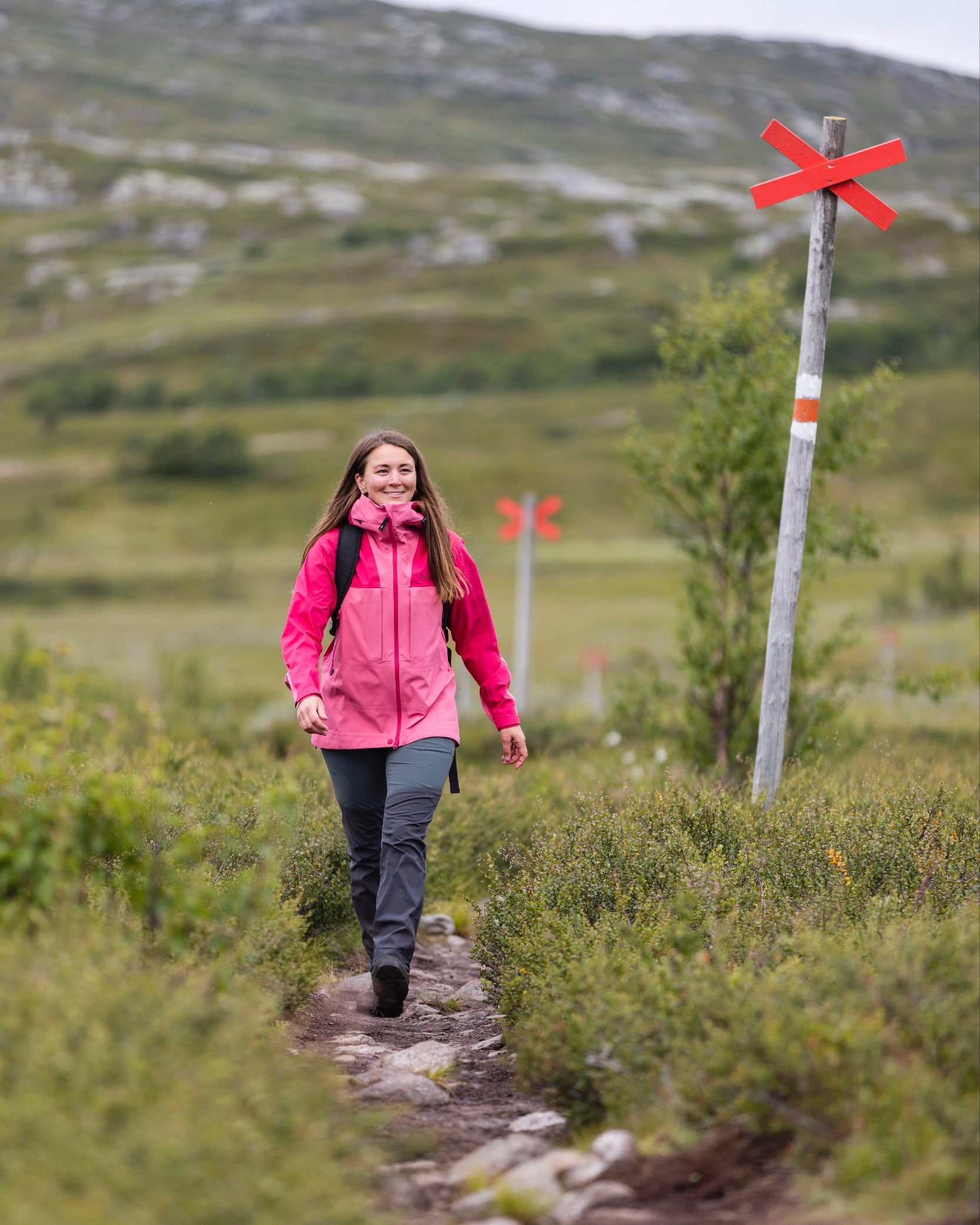
Hiking (suitable for beginners and up)
The most common and above all calmest activity of the three is hiking. This is the proper activity for the beginner who wants to go outside and explore the amazing nature! Hike alone and enjoy the serenity or bring your friends or family.
For hiking there are marked nature trails that can take anything from 30 minutes up to a whole day to walk! Pick one that suits your ability and work your way up in time and level of difficulty. Normally a hike lasts between 2-8 hours and there are trails that has the same start and finish point, or trails that can take you from spot A to B.
Are you longing for incredible views and Instagram friendly scenery? Then head to the German Alps, they have a marvellous terrain! There are also amazing trails in Sweden for all explorers. How about Abisko, the Vasa ski race trail, the Halland trail or the Bruks trail? HERE you'll find the best trails in Sweden!
Packing list for clothes and gear:
- Good shoes are essential when it comes to outdoor life! Running shoes will do for a shorter distance, but for a longer one you should definitely choose a good hiking boot!
- Map and compass will help you find your way!
- Water and water purification tablets are a must to avoid altitude sickness and hypothermia
- Tools to make fire, a whistle and a flashlight is important to pack, especially during longer hikes
- First aid kit
- It's important to bring enough food, both to keep the energy up and in case of need if you should get lost during the way
- Rain clothes, a hat and extra dry clothes is always a good idea to pack
- Knife
- Sunblock and sunglasses
- Backpack
- Mosquito repellent and/or clothes with mosquito protection if you're going to an area with lots of mosquitoes
Word of advice: Before the hike, take walks in the shoes you're planning to wear. That way you break them in and lower the risks of complications during the hike
Gear up for your hiking
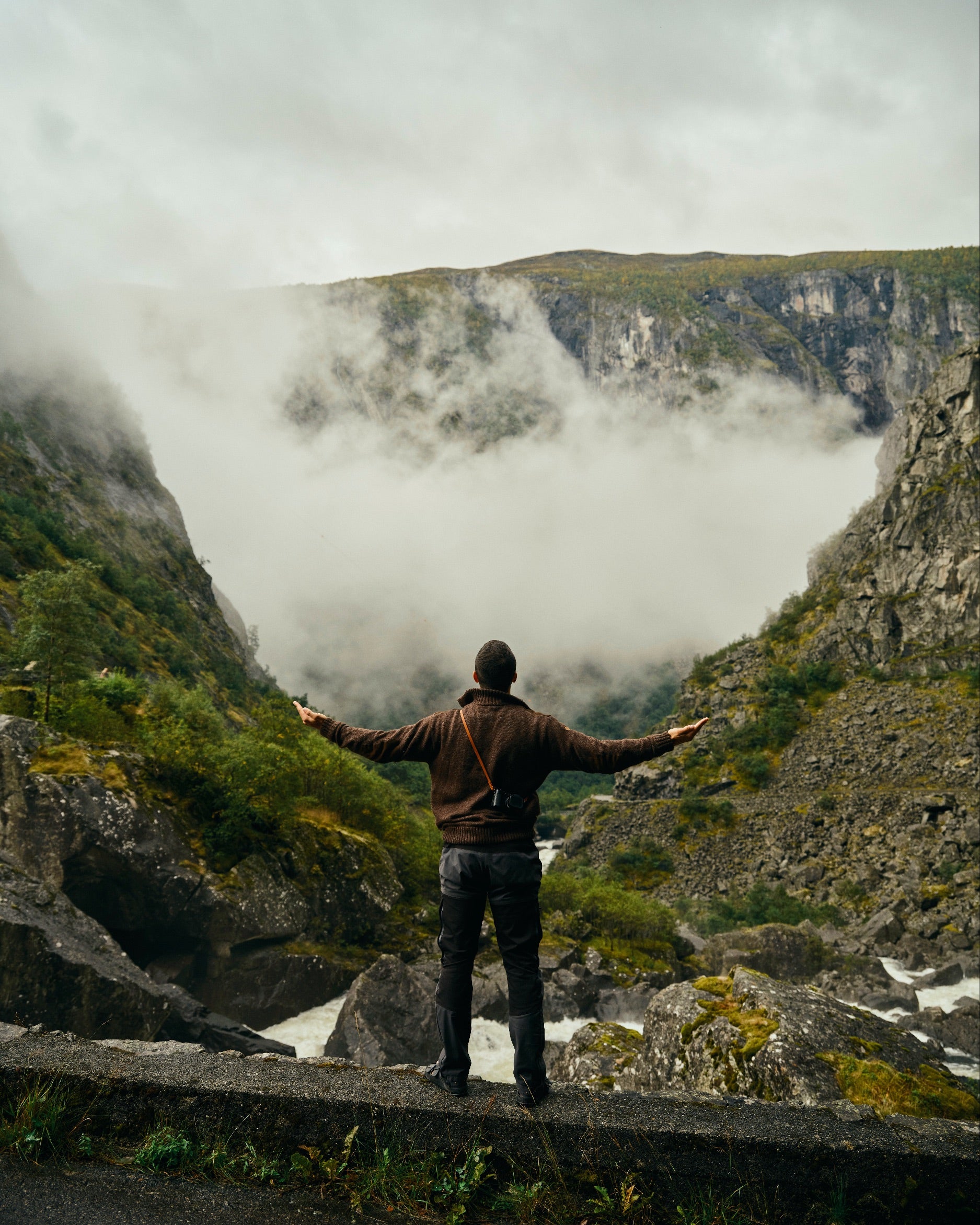
Trekking (suitable for the experienced hiker)
Trekking is one step more challenging than hiking and one step below climbing. The difference between hiking and trekking is that trekking is often more long-lasting. It normally lasts up to a couple of days and requires an act of planning for accommodation along the way, for example in small cottages or in a tent. The distance on these rails varies from 40 km up to several 100 km.
Are you planning on trying trekking? Remember to exercise and build up your strength and cardio for a couple of months before heading out.
Packing list for clothes and gear (max 15kg)
- Good shoes are essential when it comes to outdoor life! Running shoes will do for a shorter distance, but for a longer one you should definitely choose a good hiking boot!
- Map and compass will help you find your way!
- Water and water purification tablets are a must to avoid altitude sickness and hypothermia
- Tools to make fire, a whistle and a flashlight is important to pack, especially during longer hikes
- First aid kit
- It's important to bring enough food, both to keep the energy up and in case of need if you should get lost during the way
- Rain clothes, a hat and extra dry clothes is always a good idea to pack
- Knife
- Sunblock and sunglasses
- Backpack
- Mosquito repellent and/or clothes with mosquito protection if you're going to an area with lots of mosquitoes
- Sleeping-bag
- Camping mattress
- Toiletries
- Thick waterproof gloves
- Down jacket/vest
- Wool trousers
- Trekking boots and extra shoelace
- Warm hiking socks
- Gaiters
- Something to put on your feet at camp
Where can I trek?
The Coast trail is a less known divagation from the Bohus trail. It starts in Tjörn and continues along the coast and into Norway. Along the trail you'll find a rich cultural heritage of medieval villages, prehistoric leavings such as barrows and traces from the Ice Age in the landscape. It's a beautiful coastal trail with 23 stages through intact landscape, pastures, forests and fishing camps.
The King's trail is Sweden's most famous hiking trail. It's 440 km long and goes from Abisko in the north to Hemavan in the south. It takes approximately a month to walk this trail, but it has recommended weekly distances and cottages along the road for accommodation.
The Skåne trail offers a fantastic hike through the varying landscape of Skåne. The trail goes along the sea, through beech forests and over the green hills of Brösarp. The trail is divided into 5 stages and we recommend you to bring a tent for an extra close nature experience.
Gear up for your trekking
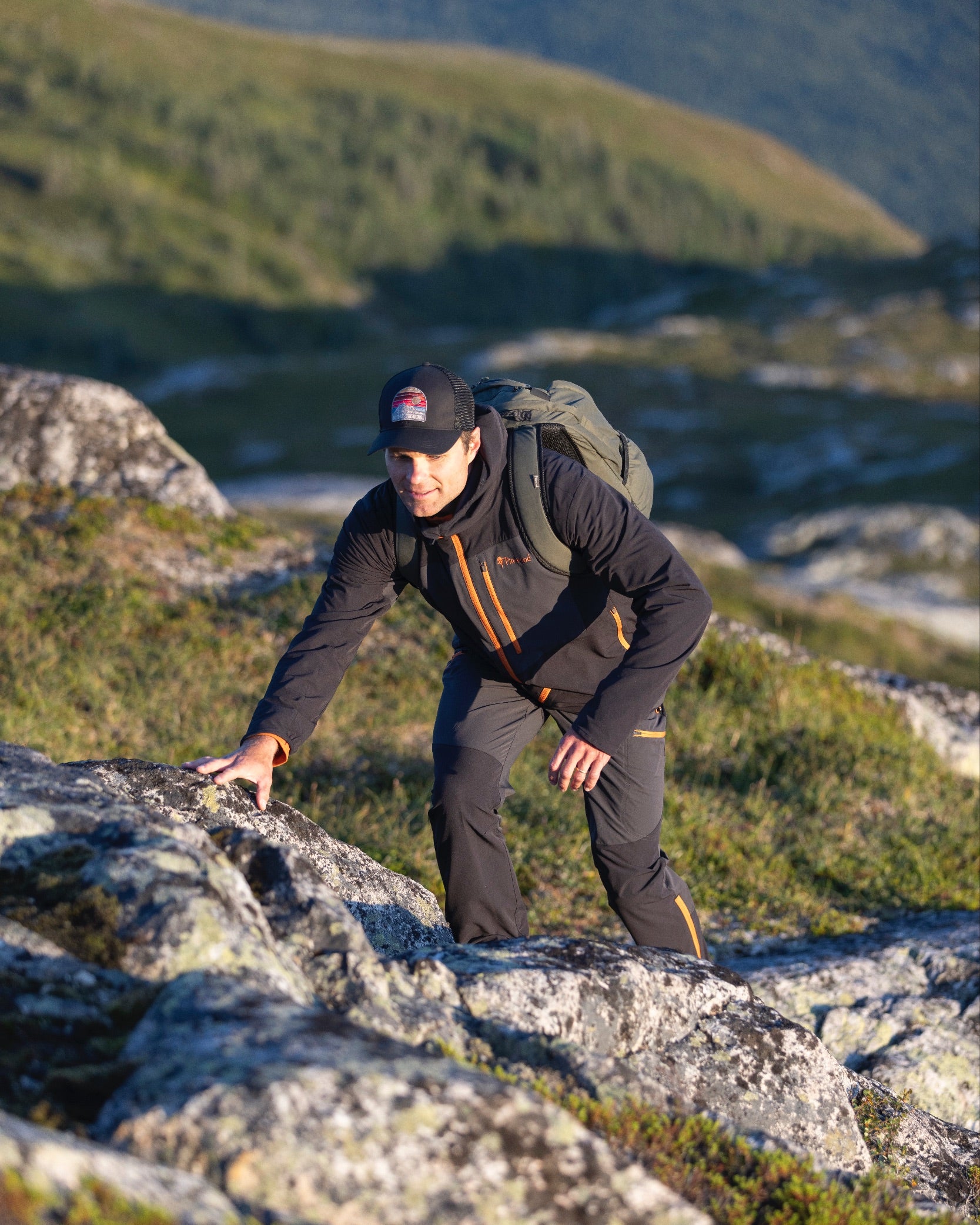
Hill climbing (requires a lot of practice and knowledge)
The absolute toughest and most demanding activity of the three is hill climbing. It requires a lot of technical skills, such as knowing how to use an ice axe or how to survive in a blizzard. It also requests an amount of physical training before a climb, as it can take days to complete and you might have to climb over 5000m high. You must be able to hike for over 5 hours with a 15 kg cargo on your back and to climb over 1000m a day. To prepare for this physical challenge you must train a lot in advance, at least 4 x 1h a week + 3 x 7h hikes a week. It is hard but worth it, as climbing is both thrilling and beautifully fun. Always remember that it's beneficial to do this in a team of others.
Packing list for clothes and gear (max 15kg)
- Good shoes are essential when it comes to outdoor life! Running shoes will do for a shorter distance, but for a longer one you should definitely choose a good hiking boot!
- Map and compass will help you find your way!
- Water and water purification tablets are a must to avoid altitude sickness and hypothermia
- Tools to make fire, a whistle and a flashlight is important to pack, especially during longer hikes
- First aid kit
- It's important to bring enough food, both to keep the energy up and in case of need if you should get lost during the way
- Rain clothes, a hat and extra dry clothes is always a good idea to pack
- Knife
- Sunblock and sunglasses
- Backpack
- Mosquito repellent and/or clothes with mosquito protection if you're going to an area with lots of mosquitoes
- Sleeping-bag
- Camping mattress
- Toiletries
- Thick waterproof gloves
- Down jacket/vest
- Wool trousers
- Trekking boots and extra shoelace
- Warm hiking socks
- Gaiters
- Something to put on your feet at camp
- Spikes and rubber boots
- Climbing harness
- Ice axe (60-75cm long)
- Climbing loop
- Climbing helmet
- Walking poles
- Rope with Prusik knot
Where can I try hill climbing?
In Abisko you can try something called ice climbing, where you climb up the frozen waterfalls of Abisko with ice axes and crampons. Guided tours are arranged for the less experienced.
The Rösås mountain in Örnsköldsvik is one of Sweden's best climbing mountains. It offers about 35 trails and the area is great for advanced climbers.
The Örsjö mountain in Malung, Sälen has an incredible view from the top. Bouldering is very popular here, which means that you free hand climb lower rocks (ca 4,5m) with a rubber mat underneath.
The Cave mountain on the south High coast has 10-20m big rocks, and is suitable for both beginners and advanced climbers. Here you can practice both hill climbing and Bouldering.








